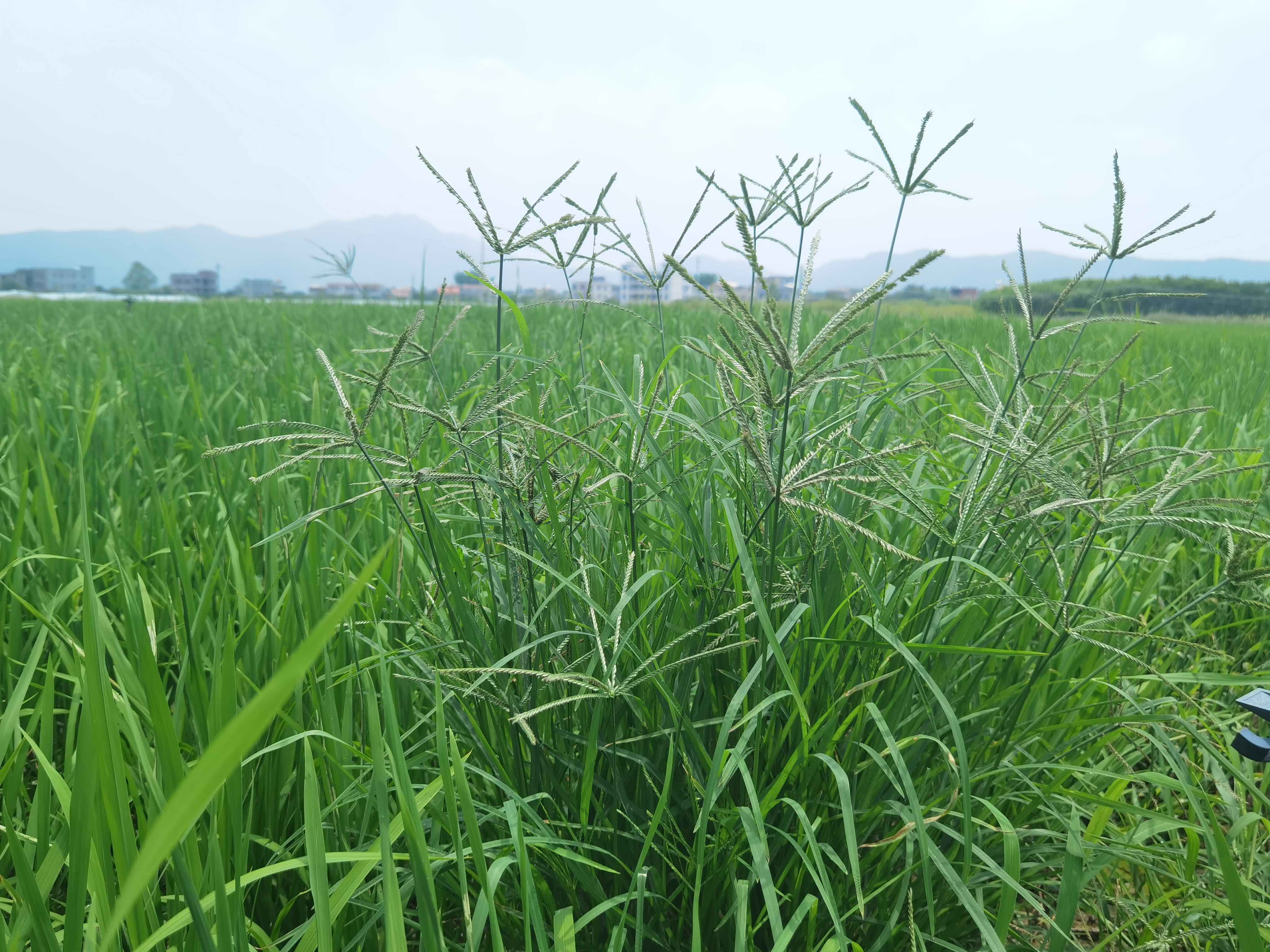How does genetic structural variation affect herbicide resistance?
New Nature Communications paper reveals how genomic structural variation effects evolution and ultimately—herbicide resistance—in weeds.

In a paper recently published in Nature Communications, Dr. Eric Patterson describes how his team is one step closer to resolving issues with herbicide resistance evolution.
"We discovered a new way that weed genomes can rearrange themselves so that the plant becomes resistant to the world's most important herbicide, glyphosate (i.e. RoundUp) in a grass species known as Goosegrass (Eleusine indica)" Eric Patterson says.
Weeds have very diverse genetic backgrounds that gives them the ability to adapt to many different environments, competing with crops for water, soil nutrients and sunlight. Goosegrass (Eleusine indica) is an annual, grass with a wide-ranging global habitat and is considered one of the world's worst weeds.
Glyphosate is the active ingredient in Roundup. Monsanto introduced Roundup in the 1970s as a safer chemical weed control, and it quickly became a popular herbicide used worldwide.
However, after decades of use, weeds can develop resistance to herbicides, and will continue to grow and reproduce despite applications. After more than 20 years of intense use of Glyphosphate on goosegrass, resistance was first reported about 20 years ago.
Long the subject of intense inquiry, the mechanisms involved in glyphosphate resistance in certain weeds remains poorly understood. And now Eric Patterson and his team have discovered one more piece of the genetic resistance puzzle.




 Print
Print Email
Email




